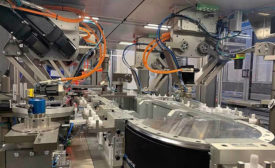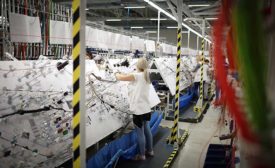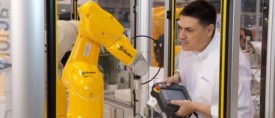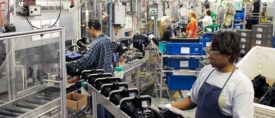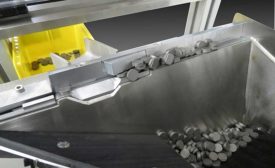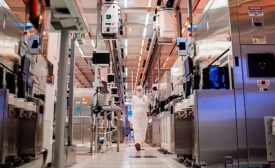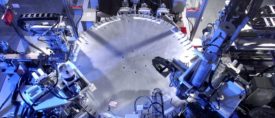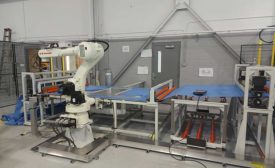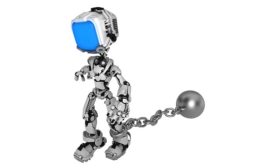Articles by John Sprovieri
Russia’s Invasion of Ukraine Threatens Manufacturing Recovery
Russia’s invasion of Ukraine has disrupted automotive assembly lines in throughout Europe.
April 19, 2022
Picking the Low-Hanging Fruit
Assemblers that are new to automation are well-advised to start with a simple project and grow from there.
March 23, 2022
Assessing the Current State
Before attempting to automate an assembly process, engineers should have specific goals to achieve or problems to solve.
March 22, 2022
Retool, Rebuild or Start Over?
In the right application, manufacturers can reuse some or all of existing assembly systems for new projects.
March 2, 2022
Never miss the latest news and trends driving the manufacturing industry
Stay in the know on the latest assembly trends.
JOIN TODAY!Copyright ©2024. All Rights Reserved BNP Media.
Design, CMS, Hosting & Web Development :: ePublishing
